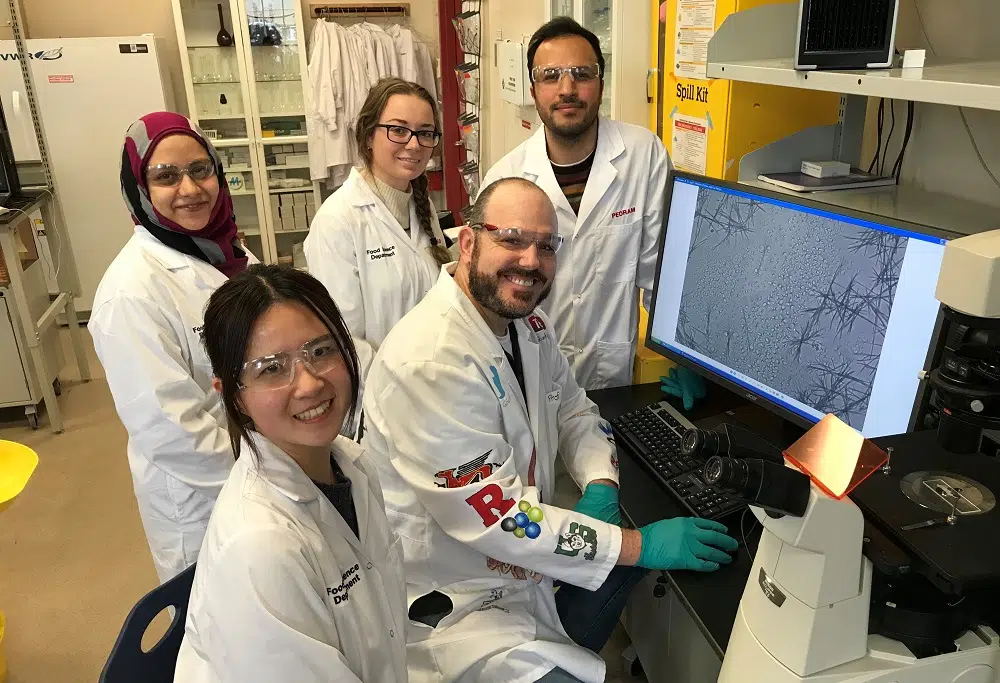The self assembly of certain molecules is being studied at the Canadian Light Source, in research that could revolutionize multiple industries.
Researcher and Associate Professor at the University of Guelph Michael Rogers says using the CLS they are trying to understand how certain molecules actually arrange in three-dimensional space so that at a very low concentration they self assemble into a network. This could help with things like oil spills, where Rogers says the main issues are the spread of the oil, and the use of dispersants to clean them up. The research, he explains, looks to use molecules to solidify the oil on top of the water, preventing it from spreading and making it easier to pickup.
Rogers says the second application they are looking at is mimicking the outer layer of the skin to help burn victims. He explains skin is primarily made up of a glue like material with dead skin cells embedded within. The molecular research, Rogers says, is looking to build an artificial version of this glue that could be networked, placed on a burn, where new skin could then grow.
Rogers suggests molecular self assembly is still in its infancy but could revolutionize multiple industries as it progresses.
Rogers is also the Canada Research Chair in Food Nanotechnology and says they are also trying to use the technology in foods to create saturated fat replacers, using things like canola or sunflower oil. The goal would be to create fat mimics to replace hard stock fats using unsaturated oils with a small amount of gelator that would assemble inside the foods. He explains it would be a way to make foods like corn and wheat, that are normally destined to become ultra processed, more comparable to their whole food counter parts.
Rogers believes molecular self assembly has the potential to increase the yields of foods that are produced, depending on if they can find healthy ways to structure them.























